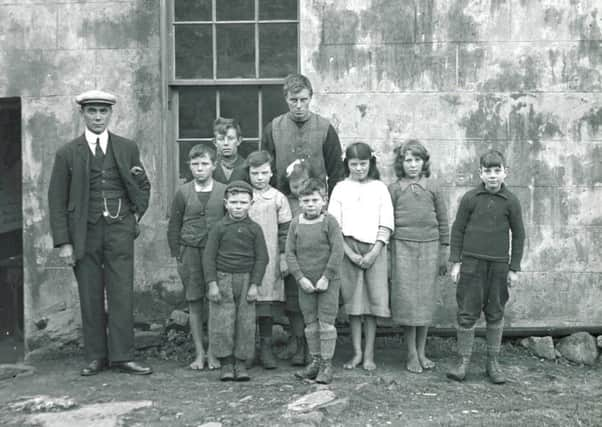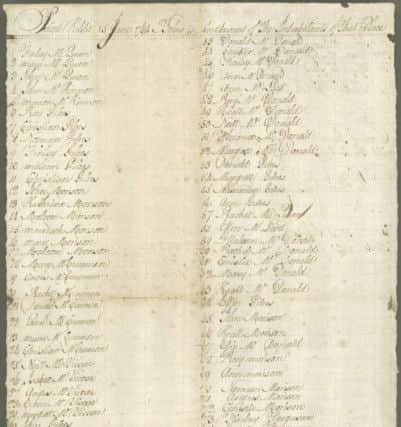Lost St Kilda census sheds light on island life 250 years ago


The archipelago, dubbed the “islands on the edge of the world”, was inhabited for thousands of years.
But the rocky outcrop on the outermost reach of the Outer Hebrides, 110 miles off the west coast of Scotland, was routinely cut off by stormy seas and its population plagued by illness.
Advertisement
Hide AdAdvertisement
Hide AdNow researchers say an uncovered document “sheds new light on the history of St Kilda and the families who lived there” before they were evacuated in 1930, including the large amount of eggs and seabirds they consumed.


The census was found during cataloguing by the National Register of Archives for Scotland (NRAS). It lists 90 people living on the Hirta, the only inhabited island, on 15 June 1764 – 38 males and 52 females, including 19 families and nine individuals.
Researchers say they do not known exactly why the census was taken, or by whom, but it is likely it was made to contribute to a wider report on the Hebrides.
Dr Alison Rosie, Registrar of the National Register of Archives for Scotland, said: “This document sheds new light on the history of St Kilda and the families who lived there, and gives us an insight into their lives more than 250 years ago. Through it we can trace individuals back 50 years earlier than the next surviving census, and many of the people listed were the ancestors of the families who left the island in 1930.”
Until now, the oldest known record of the population dated from 1822. The newly found document, which includes ages of St Kildans, has made it possible to track five residents of St Kilda who appeared on both censuses, 52 years apart. The 1764 census also includes the ancestors of the final five families to be evacuated from the island in 1930, the MacQueens, Fergusons, MacDonalds, MacKinnons and Gillies.


Traditional food gathering techniques are reflected in the census. It says that the islanders each ate “36 wild fouls eggs and 18 fouls” (seabirds) a day – an overall daily consumption of 3,240 eggs and 1,620 birds.
The last surviving native islander, Rachel Johnson (nee Gillies) died this year aged 93. She was evacuated in 1930.